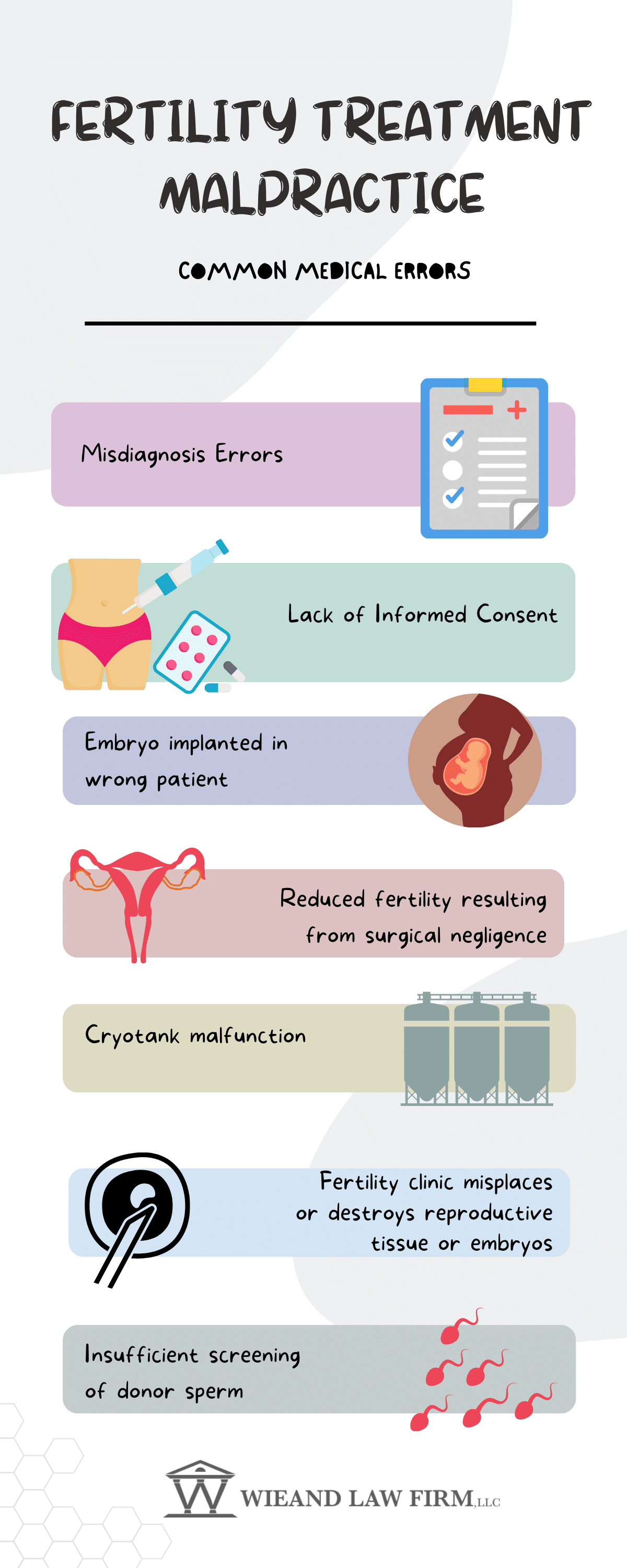All Categories
Featured
Table of Contents
What Do Ivf Clinics Albuquerque Nm Services Include?
Lots of people need fertility assistance. This includes guys and ladies with infertility, many LGBTQ people, and single individuals who desire to raise kids. An estimated 10% of ladies report that they or their partners have actually ever gotten medical aid to conceive. In spite of a need for fertility services, fertility care in the U.S.

Generally, fertility services are not covered by public or private insurance providers. Fifteen states require some private insurance companies to cover some fertility treatment, but considerable spaces in protection stay. Only one state Medicaid program covers any fertility treatment, and no Medicaid program covers artificial insemination or in-vitro fertilization.

This indicates that in the absence of insurance protection, fertility care runs out reach for lots of people. Less Black and Hispanic females report ever having utilized medical services to conceive than White females. This is an outcome of numerous elements, consisting of lower incomes usually among Black and Hispanic females as well as barriers and mistaken beliefs that may deter women from looking for help with fertility.
How Much Does Full Service Fertility Company Albuquerque Nm Cost?
Transgender individuals undergoing gender-affirming care may likewise not fulfill criteria for "iatrogenic infertility" that would qualify them for covered fertility preservation. Lots of individuals need fertility assistance to have kids. This might either be because of a diagnosis of infertility, or because they are in a same-sex relationship or single and desire children.

Fertility treatments are costly and often are not covered by insurance coverage. While some private insurance coverage plans cover diagnostic services, there is very little protection for treatment services such as IUI and IVF, which are more pricey. The majority of people who use fertility services must pay of pocket, with expenses often reaching countless dollars.
About 25% of the time, infertility is brought on by more than one aspect, and in about 10% of cases infertility is unexplained. Infertility estimates, however do not account for LGBTQ or single people who may also require fertility assistance for household building. Therefore, there are different reasons that might prompt people to look for fertility care. dumpster rental cost.
How Much Should I Pay For Ivf Clinics New Mexico?
35.1543393673243,-106.416325933104Patient Info Series. 2017 Our analysis of the 2015-2017 National Survey of Family Growth (NSFG) finds that 10% of females ages 18-49 state they or their partner have actually ever talked to a medical professional about methods to assist them conceive (information not shown).3 Among females ages 18-49, the most commonly reported service is fertility guidance ().
Many patients do not have access to fertility services, mainly due to its high expense and minimal coverage by personal insurance and Medicaid. As an outcome, many individuals who use fertility services should pay of pocket, even if they are otherwise guaranteed. Out of pocket expenses vary widely depending upon the patient, state of residence, supplier and insurance coverage strategy (cheapest dumpster rental).
Figure 3: Fertility Treatments Generally Cost Patients Thousands of Dollars Insurance protection of fertility services varies by the state in which the individual lives and, for individuals with employer-sponsored insurance, the size of their employer. Many fertility treatments are not thought about "clinically essential" by insurance provider, so they are not normally covered by private insurance plans or Medicaid programs.
A Better Fertility Site Albuquerque Nm?
g., screening) are most likely to be covered than others (e. g., IVF). A handful of states require protection of fertility services for some fully-insured private strategies, which are managed by the state. These requirements, however, do not apply to health insurance that are administered and funded straight by employers (self-funded strategies) which cover 6 in ten (61%) workers with employer-sponsored health insurance coverage.
Two states (CA and TX7) need group health plans to use at least one policy with infertility coverage (a "mandate to offer"), however companies are not needed to pick these plans. Figure 4: The Majority Of States Do Not Require Personal Insurance Providers to Supply Infertility Advantages Nevertheless, in states with "mandate to cover" laws, these only apply to specific insurers, for specific treatment services and for specific patients, and in some states have monetary caps on expenses they should cover ().
In other states, almost all insurance providers and HMOs are included in the mandate (small dumpster rental). Numerous states supply exemptions for little employers (
Latest Posts
How Much Should I Pay For Fertility Center New Mexico?
The Best Reproductive Clinics Albuquerque Nm Service?
What Are The Best Reproductive Clinics New Mexico Brands To Buy